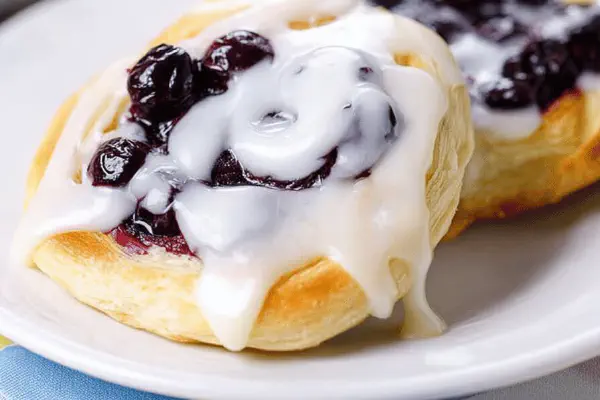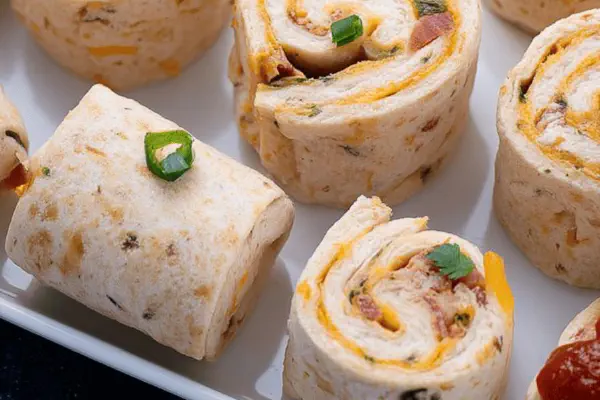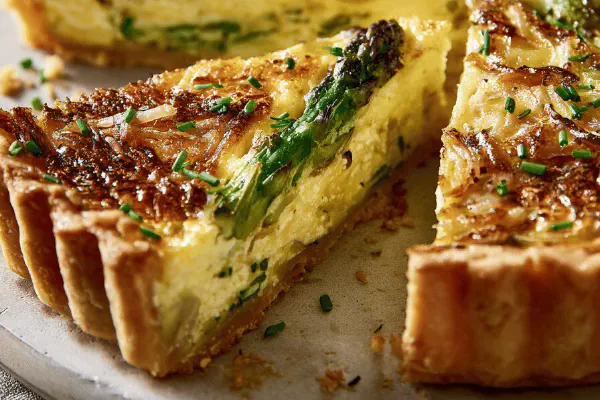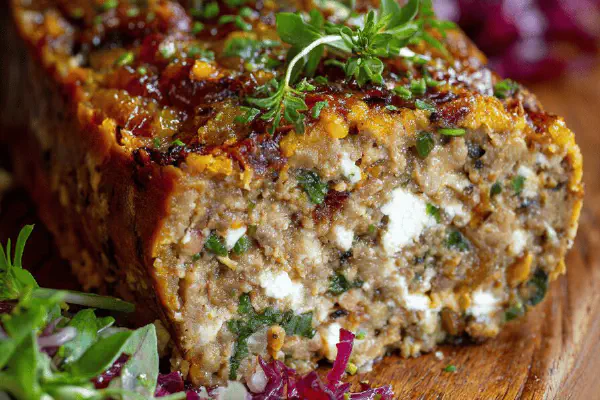Cheesy Gruyère Gougères
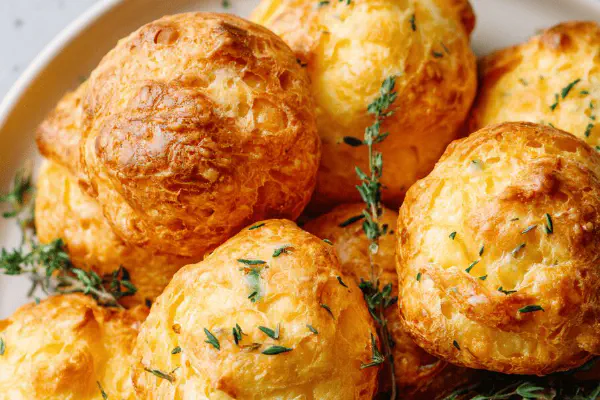
By Emma
Certified Culinary Professional
Ingredients
- 230 ml water
- 70 ml unsalted butter
- 300 ml all-purpose flour
- 4 large eggs
- 250 ml Gruyère cheese grated
- Salt and freshly ground black pepper
For browning
- 1 large egg
- 15 ml milk
- 30 ml freshly grated Parmigiano Reggiano
About the ingredients
Method
Preparation
- Center rack in oven. Preheat to 185°C (365°F). Line baking sheet with parchment.
Dough
- Boil water and butter in saucepan until butter melts fully.
- Remove from heat. Add flour all at once. Return to low heat. Stir briskly with wooden spoon. Dough forms ball, pulls away cleanly from pan edges. That tells you it's ready, no lumps.
- Let cool a minute, just off heat.
- Add eggs one by one. Beat vigorously each addition so dough turns glossy, elastic. If dough too stiff, add tiny splash of water or egg but don’t overdo.
- Fold in grated Gruyère cheese carefully. Salt and pepper; balance depends on cheese saltiness. Taste dough by pinching bit.
Shaping & baking
- Using two teaspoons, drop tablespoons of dough spaced well apart on parchment. Each should resemble small mounds about 15 ml in volume.
- Beat egg and milk in small bowl. Brush each mound generously with wash. Sprinkle with parmigiano for crunch and sharp finish.
- Bake 28-32 minutes at 185°C. Do not open oven once first 20 minutes passed; steam is critical for puff.
- Golden brown tops, slightly crisp. Underneath should be airy, light — tap lightly; firm but not hard.
- If you want deeper crust add 2-3 minutes but watch closely. Darker parmesan means flavor turned robust but can tip bitter.
Finishing
- Let cool briefly on rack. Serve day of baking at room temp. Store leftovers airtight for a few hours maximum.
- Freeze extras flat in airtight container layered with parchment. Thaw on countertop. Warm in oven 5-7 minutes at 160°C before serving.
Efficiency tips
- Have second tray ready during first batch baking to speed process. Dough can stiffen quickly once cooled so work steady.
- Don’t skimp on stirring at initial flour mix stage or eggs—texture suffers, dense, no puff.
- If dough too runny, eggs measured wrong or flour brand varies. Slowly add more flour but avoid heavy lumps.
- Use medium heat to avoid burning bottom during flour cooking.
- Egg wash crucial for color; no wash means pale, less crunchy tops.
Cooking tips
Chef's notes
- 💡 Water and butter boil till fully melted but not rushed. Gelatinize starch first then add flour all at once no slow gradual. Stir aggressively with wooden spoon till dough pulls clean from pan sides. That ball stage is key.
- 💡 Cool dough off heat one minute before adding eggs. Room temperature eggs only; cold eggs shock dough, mess gluten. Add eggs slowly, beat vigorously after each - dough must turn glossy elastic, not runny or too stiff.
- 💡 Fold in cheese last, grated finely. Salt carefully - cheese salt levels vary. Taste dough with pinch to adjust if needed. Use Gruyère for nuttier flavor, parmesan topping adds crunchy umami; pecorino or Manchego if parmesan missing.
- 💡 Spoon-drop dough dollops spaced well apart - about a tablespoon. Piped works more even but rustic spooning gives charm. Egg wash with milk thins color, brush thoroughly for shiny golden crust. Sprinkle parmigiano before baking for contrast crunch.
- 💡 Bake low at 185°C for 28-32 mins. No peeking first 20 mins - steam critical for puffing. Listen for crisp pop when tapped top. Color deep gold and lightly crisp edges signal doneness. Go extra 2-3 mins if darker crust wanted but watch closely to avoid bitter burn.
Common questions
Why no em dash in recipe?
Em dash breaks format. Comma or semicolon safer. Keeps parsing clean. Avoid symbols that confuse readers or tools. Especially in JSON context.
Can I use cheddar instead of Gruyère?
Cheddar sharper, changes profile. Tried once, lost classic soft nuttiness. Pecorino, Manchego ok for crunch topping. Substitute cheeses bring different moisture, salt balance. Adjust seasoning.
Dough too stiff or runny?
Add splash water or egg if stiff; slowly. Runny means eggs measured wrong or flour varied. Add more flour slowly but watch lumps. Stirring intensity affects dough texture; vigorous needed at mix stage.
How to store leftovers?
Brief airtight for hours ok. Freeze flat spaced on tray first to avoid clumps. Thaw 1-2 hrs room temp, warm 5-7 mins 160°C oven. Keeps shape and texture better that way, not mushy.
